Tag: art collectors
-
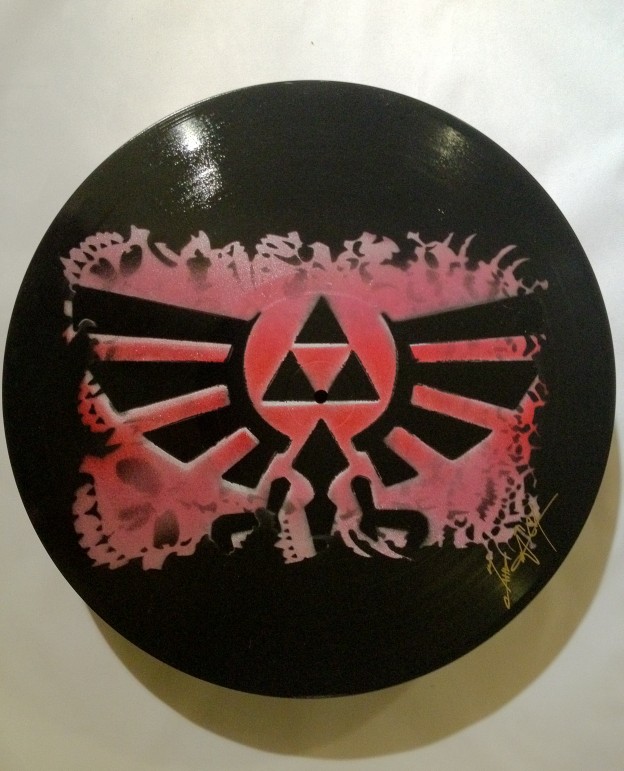
Selling Paintings: Which Subjects Sell Best?
All painters know that some subjects sell better than others. Whether these are subjects you want to paint and whether you should be painting specifically for the market are two thorny questions. Only you can decide whether you want (or need) to paint with a view to selling as much as possible, or whether you […]
-

How to Write an Artist’s Statement
An artist’s statement is a short piece written by the artist to accompany a particular painting or group of paintings. An artist’s statement shouldn’t be dismissed as insignificant or dashed out in a hurry as it’s a vital selling tool, promoting and explaining your work to people looking at your paintings, whether they’re potential buyers, […]
-

How to Set a Price For a Painting
Setting a price for a painting is hard. If you overprice your work, you may not sell anything but, conversely, if you under-price it you may not recoup your costs or get taken seriously. Here’s How: Research the market to find out what other artists are charging in your area. Prices will be more in […]
-

How to Sign a Painting
Adding your signature to a painting is like adding a stamp to it that reads “finished”. It’s a sign that you’re satisfied with the painting and no longer consider it a work in progress. Is It Really Necessary to Sign a Painting? It’s not a legal requirement, but if you don’t add your name to […]
-

Juried Art Shows
On occasion I am asked to help jury an art exhibit. These requests are never answered right away. This is a great responsibility, of course not life and death, but responsibility nevertheless. Always I am an artist and as such experience the anticipation and often the disappointment when the juror’s results come back. How long […]
-
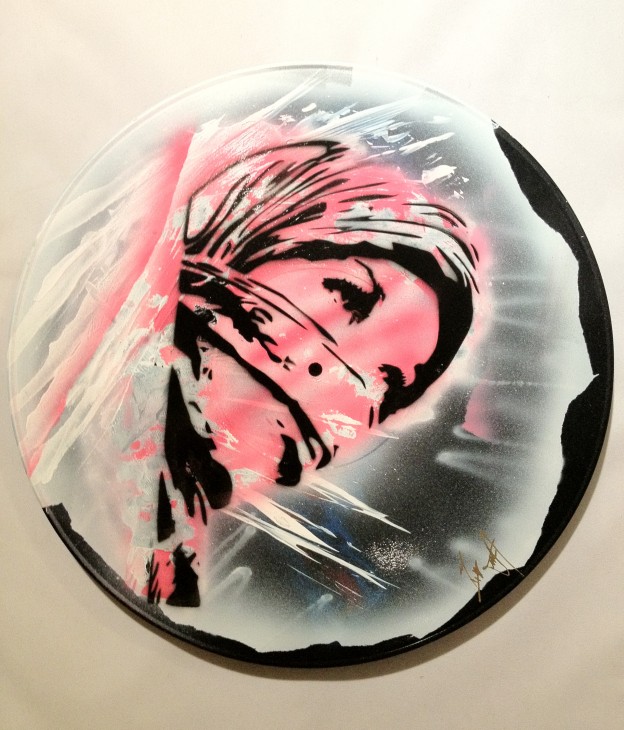
Amateur vs Professional Artist
After visiting two art exhibitions, one put on by my local art club and the other by a group of professional artists, I realized that whilst the amateur show had many ‘nice’ paintings, and showed a high level of painting ability, the professional show had many more paintings that had that ‘wow’ factor that made […]
-
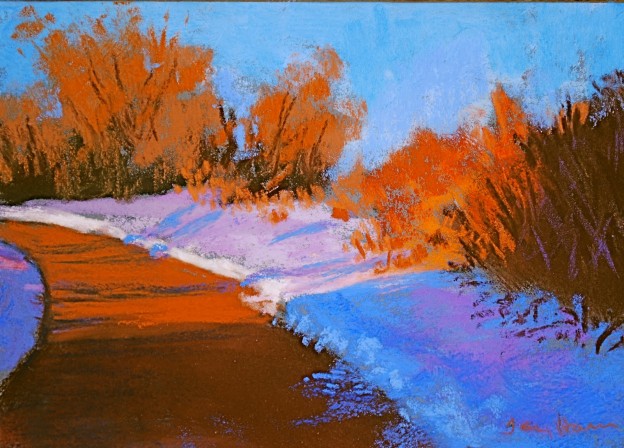
Complementary Colors
The complementary color of a primary color (red, blue, or yellow) is the color you get by mixing the other two primary colors. So the complementary color of red is green, of blue is orange, and of yellow is purple. What About Secondary Colors? The complementary of a secondary color is the primary color that […]
-
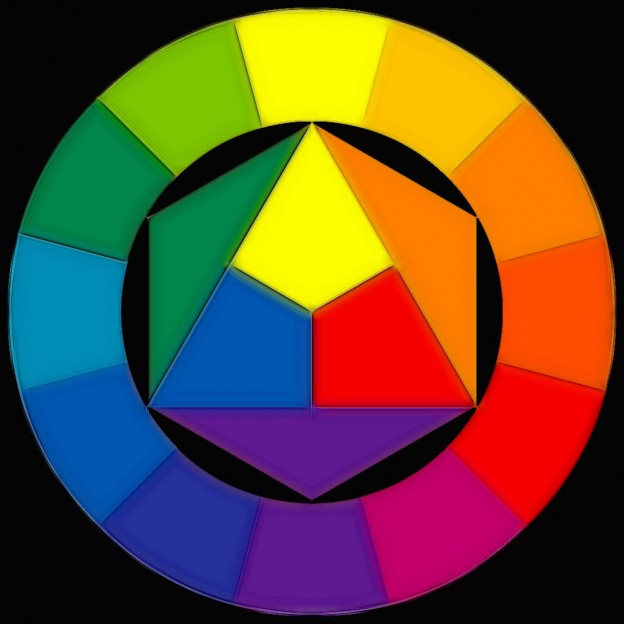
Tertiary Colors
Browns and grays contain all three primary colors. They’re created by mixing either all three primary colors or a primary and secondary color (secondary colors of course being made from two primaries). By varying the proportions of the colors you’re mixing, you create the different tertiary colors. What’s the Easiest Way to Mix a Brown? […]
-
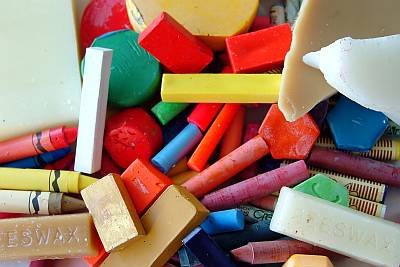
Mixing vs Buying Ready-Made Colors
Color mixing gives you a range of colors with a minimum number of tubes of paint (very useful when painting outside your studio). If you’re using a lot of a certain color, you’ll probably decide it’s easier to buy it in a tube rather than mix it up again and again. But you’ll find that […]
-

Increasing Productivity as a Painter
To make life easy for your while you are painting with watercolours or acrylics, ensure you have plenty of water containers. Most people will have one or two. Have six or eight filled up so you don’t have to stop to get clean water. Collect takeaway containers to use or old large bottles. For palettes, […]